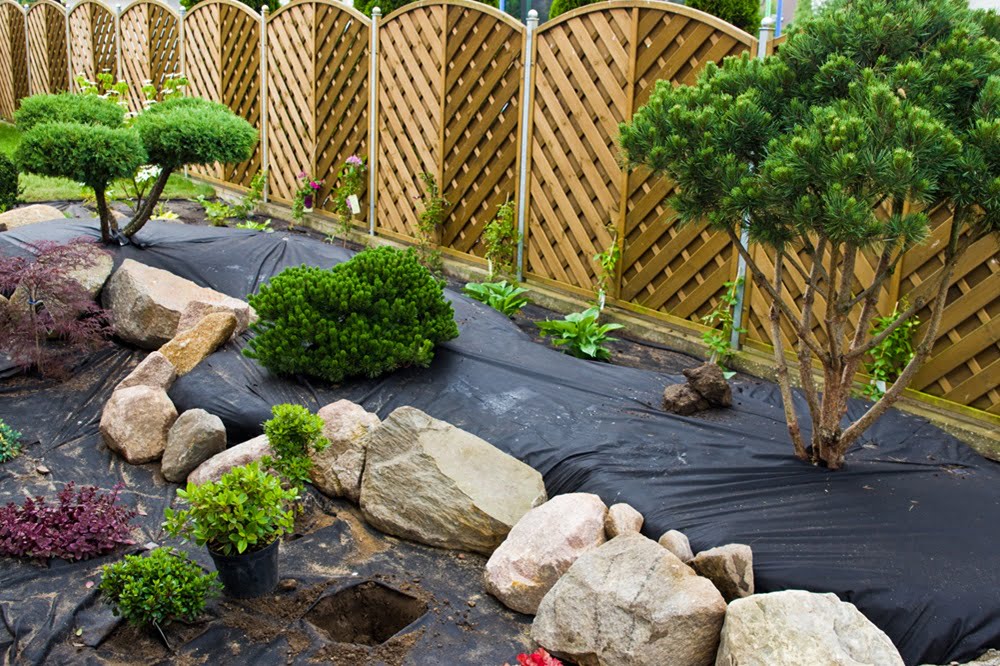
Agrowoven fabric is a unique material used in horticulture that is gaining popularity among professionals and amateurs alike. It is fabric polypropylene, which provides excellent protection for plants against adverse weather conditions, pests and diseases.
Agro-textile is used in many aspects of horticulture, from frost protection, to reducing weed growth, to creating a microclimate conducive to the growth of young seedlings. The material is particularly valued for its durability and flexibility, allowing it to be used for many years in a wide variety of conditions.
The use of agro-textiles in horticulture not only supports the healthy development of plants, but also contributes to the gardener’s efficiency by minimising the need for chemical pesticides and reducing the need for frequent weeding. It is therefore a win-win solution for both plants and gardeners who aim to achieve the best results while respecting nature.
Despite its many advantages, there is often concern, whether the agro-textile is water-repellent?
The main advantage of this variety of agro-textile is its ability to limit the growth of weeds. The dark colour of the fabric blocks sunlight, preventing weeds from photosynthesising, effectively preventing their spread. As a result, crops do not have to compete for nutrients, water or space, which has a positive effect on their growth and yield.
The black agro-textile also has a heat-insulating function, helping to maintain an optimum soil temperature. This contributes to better development of the plant root system, especially in the colder months. However, the material seems quite thick, hence the question often arises, Is the black agro-textile permeable to water? No need to worry. The material is permeable and allows water and air to flow freely, providing the right conditions for the plants. Furthermore, the use of black agro-textile helps to conserve soil moisture, reducing the need for frequent irrigation, which is particularly beneficial in periods of drought.
Many gardeners wonder, whether the winter fleece is water-repellent. Well, as with other types of agro-textile, winter agro-textile also has a water-permeable capacity. At the same time, this specific variety is excellent for protecting plants from low temperatures, due to its unique properties.
A number of advantages of winter agro-textile include:
Winter agro-textile is not only a priority for reducing damage caused by rapid changes in temperatures. The use of winter agro-textile is the perfect solution for gardeners who want to protect their plants from harsh winter conditions, while allowing them to be effectively watered, whatever the weather.
When discussing the subject of plant irrigation, the question is often asked: is the white fleece permeable to water? White agro-textile, like its black or winter variety, shows excellent water-permeability properties. This is crucial, especially in terms of ensuring optimum moisture and promoting healthy plant growth.
The analyses carried out confirm that white agro-fibre is water-repellent effectively, while protecting plants from the harmful effects of UV rays. Its unique water-permeability properties allow the plants to be immediately watered after watering, as well as keeping the soil moist. In addition, the white agro-woven fabric contributes to protection against weeds and fluctuating temperature conditions. It is the perfect solution for gardeners looking for proven and effective solutions.
Agro-textiles are an integral part of modern gardening, available in a variety of types, each with specific functions. Black agro-textile, popular for controlling weeds, prevents their growth by blocking sunlight. It is ideal for mulching the soil, which helps maintain moisture and temperature, while reducing the need for herbicides. White agro-textile, on the other hand, reflects light, which is beneficial for plant growth and development. It is mainly used to protect against pests and too much sunlight, especially on hot days.
Another variety is thermal agro-woven fabric, which is thicker and provides better insulation. It is ideal for protecting plants in the colder months, as it helps to keep the heat around the plants, protecting them from frost. The choice between the two depends mainly on the specific needs and growing conditions of the plants.